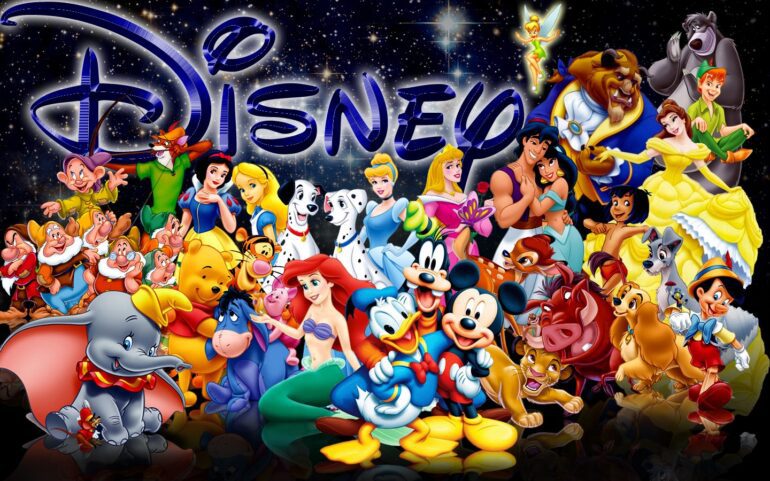TL;DR:
- Disney seeks to hire an AI-focused Imagineer with a $180,000 annual salary.
- The position aims to explore AI’s potential in creative endeavors while understanding its distinction from human creativity.
- Netflix also pursues AI talent for enhancing content creation.
- The strike led by SAG-AFTRA and the Writers Guild of America persists, demanding fair wages and better rights.
- Projects like Deadpool 3 and Stranger Things face delays due to the ongoing strike.
- The clash between technological advancement and the rights of industry professionals poses challenges to the entertainment market.
Main AI News:
As the strike enters its third week, Disney is taking a bold step toward the future by actively seeking an AI-focused Imagineer. The company’s move comes at a time when the entertainment industry is grappling with the impact of AI and automation on creative roles. The Hollywood Reporter reveals that Disney is offering an attractive annual salary of approximately $180,000 for this cutting-edge R&D Imagineering position.
The ideal candidate for this role must possess a visionary mindset, driven by the ambition to push the boundaries of what AI tools can achieve. A crucial aspect is understanding the nuanced difference between the voice of data and the voice of a designer, writer, or artist. In a rapidly evolving digital landscape, Disney aims to harness the power of generative AI to enhance their creative endeavors and stay at the forefront of innovation.
This hiring decision aligns with the recent actions taken by Netflix, another major player in the streaming industry. Netflix has been actively seeking talent to bolster its Machine Learning Program. Originally used to recommend content to viewers, the platform now plans to leverage AI in content creation. The question lingers on whether these tools will complement existing technologies in Hollywood or if they will be utilized to potentially replace the roles of actors and writers.
The ongoing strike, fueled by members of the Screen Actors Guild‐American Federation of Television and Radio Artists (SAG-AFTRA) and the Writers Guild of America, continues to be a significant concern for the entertainment industry. Fair wages have been a primary point of contention, as performers seek just compensation for their invaluable contributions to the success of movies and TV shows. The disruption caused by the strike has already halted the development of prominent projects like Deadpool 3 and the final season of Stranger Things.
While studios explore the integration of artificial intelligence in their production processes, the unions stand firm in their fight for better rights and working conditions. Residuals, historically inadequate for the creative talents involved, have been a longstanding issue in the industry. As tensions rise and negotiations reach a stalemate, uncertainty permeates the entertainment landscape, leaving both creatives and corporations anxiously awaiting a resolution.
Conclusion:
Disney’s active pursuit of AI talent and the ongoing industry strike highlights the dynamic landscape of the entertainment market. The incorporation of AI into creative processes could offer novel possibilities, but the strike’s impact on major productions indicates the urgent need for fair compensation and better working conditions for performers and writers. Finding a balance between technology-driven innovation and preserving the essential human touch in artistic expression will be crucial for the market’s future success. As companies like Disney and Netflix explore the potential of AI, the industry must address the concerns of its workforce to ensure sustained growth and harmony between technological advancements and creative endeavors.

